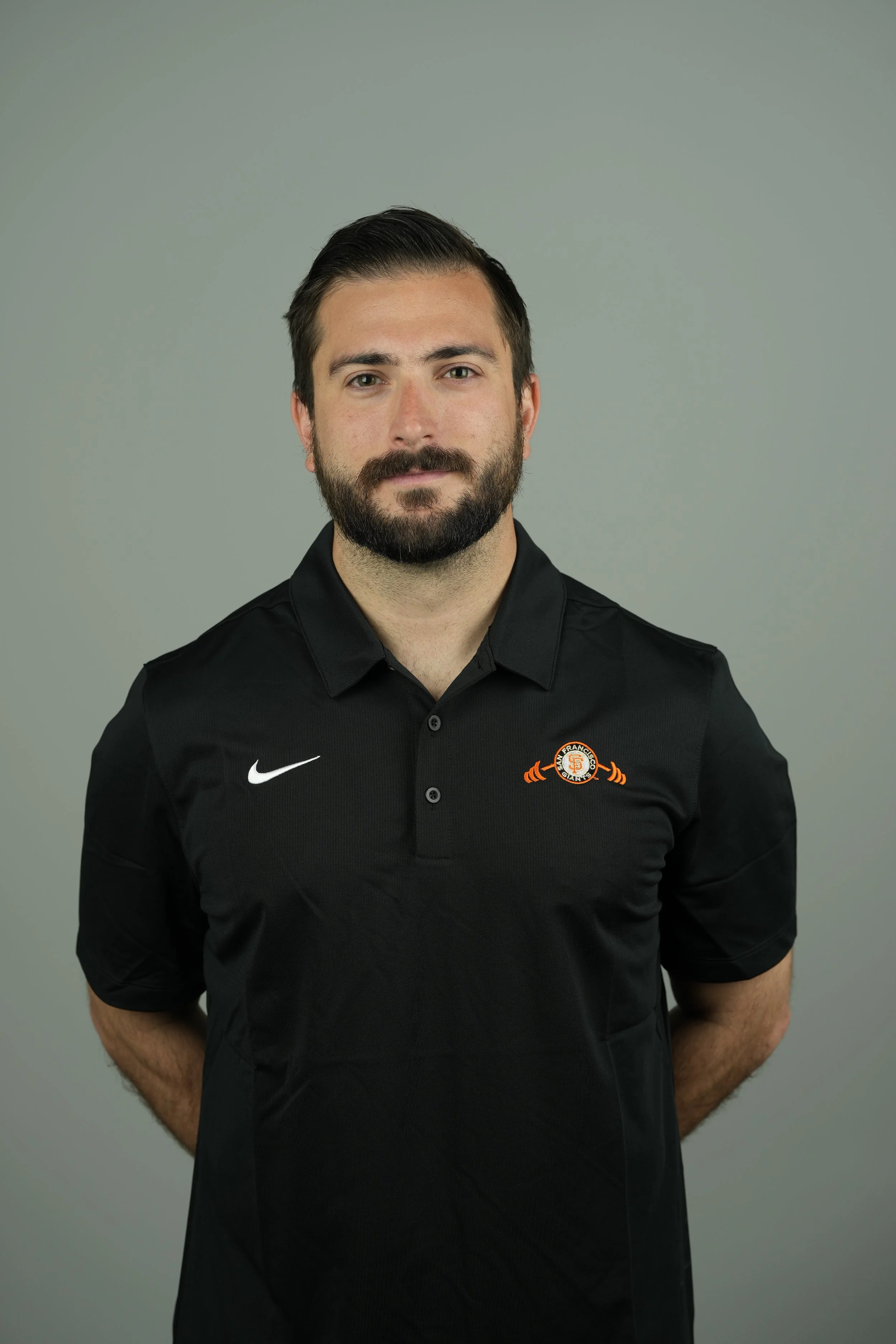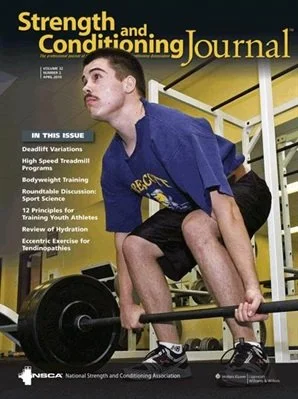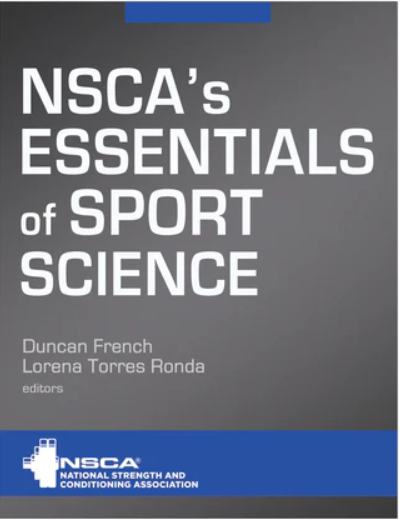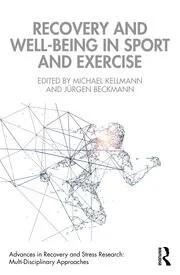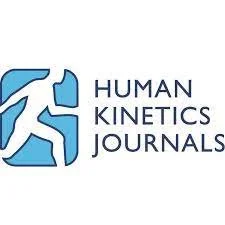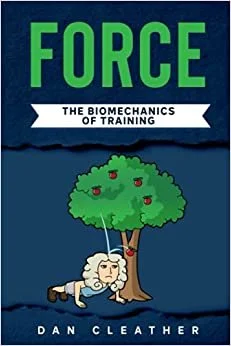Sports Science
Meet the Team
-

Dylan Suarez
Senior Applied Sports Scientist
dsuarez@sfgiants.com
-
Saul Martinez
Major League assistant strength and conditioning coach / Sports Science Specialist
smartinez@sfgiants.com
-
Joe Palazzolo
AZL Strength and Conditioning Coach / Minor League Sports Scientist
jpalazzolo@sfgiants.com
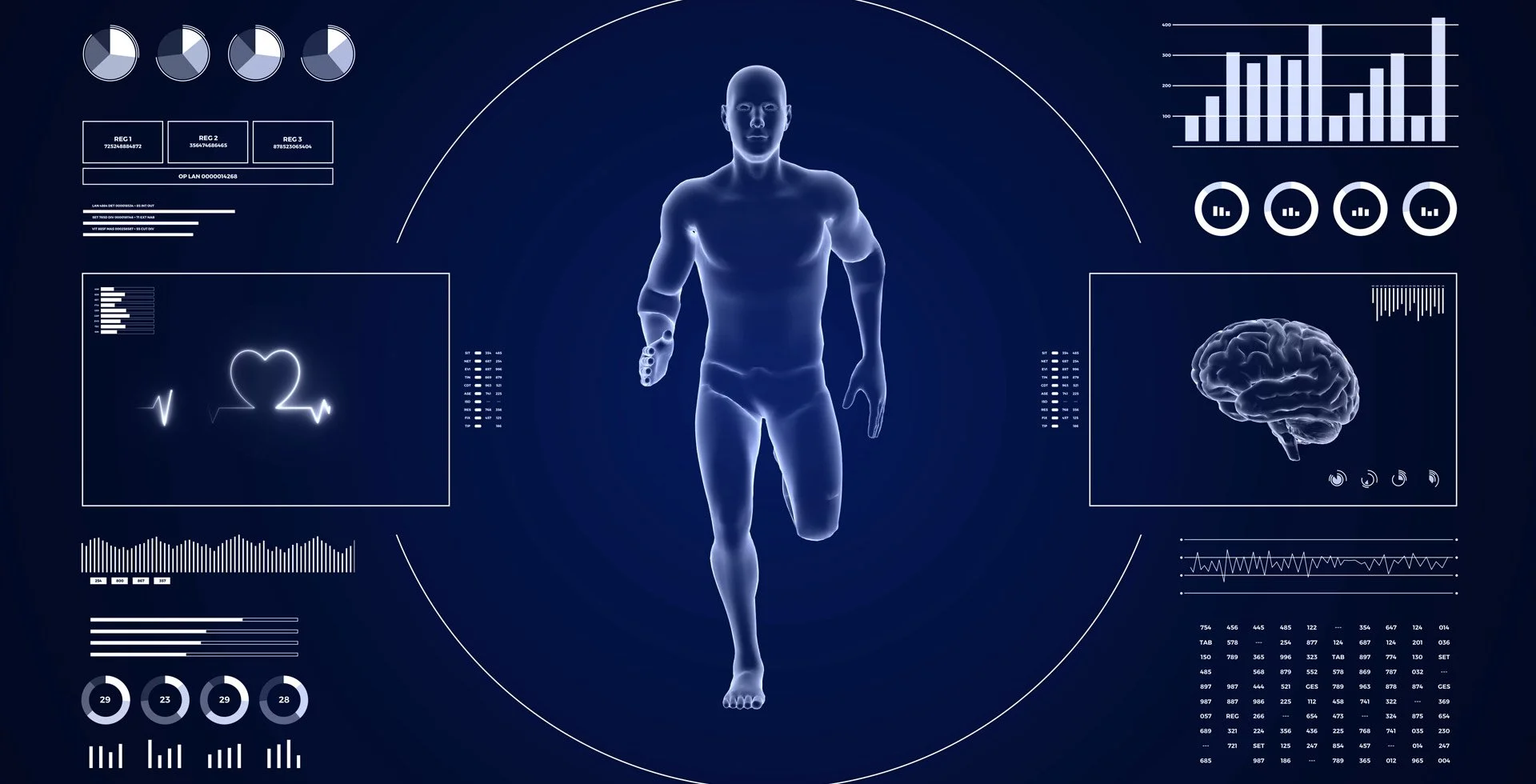
MISSION
“Provide the San Francisco Giants with a competitive advantage
by continuously developing the most sound, scientific, and effective systems for
assessing, monitoring, and influencing player health and performance.”
What is Sports Science?
Science
The formal definition of science is “the systematic study of the structure and behavior of the physical and natural world through observation, experimentation, and the testing of theories against the evidence obtained.” A broader and less formal definition of science is “the search for truth.”
Science is a process: Science ≠ Answers
Science uses observation, experimentation, and evidence to come up with theories. Those theories are constantly tested and adapted over time to come closer and closer to obtaining truth and clarity about a topic.
Sports Science
Is the application of scientific principles and processes aimed at optimizing player health and performance.
Sports scientists use science to help develop and test theories related to sports performance questions and problems.
Applied Sports Science
An Applied Sports Scientist title typically refers to a role that actively works with competitive athletes. This differs from the role of a Sports Scientist in a research or academic setting whose focus is on conducting and publishing research related to sports performance.
In an applied setting, the Sports Scientists’ primary role is to be responsible for the application of scientific principles and processes intended for optimizing player health and performance. Practically speaking, this happens through involvement in an athlete monitoring process that collects, analyzes, interprets, and communicates the results of player health and performance data.
This process aims to develop decision support systems that support domain experts in making the most informed decisions related to player health and performance.
This occurs most effectively through a combination of effective information delivery systems and organized interdepartmental collaboration led by an Applied Sports Science Team.
Applied Sports Scientist Five Fundamental Tools
Applied Sports Scientists differ in their individual areas of expertise but, in general, seek to be well-rounded in the following areas:
1) Physiology:
2) Biomechanics:
a. General biomechanics
b. Sport-specific biomechanics
3) Training Theory:
a. Training principles
b. Periodization concepts
c. Fitness-fatigue model
d. Motor Learning and Skill Acquisition
4) Statistics and Data Analysis:
5) Communication/Information Delivery:
a. Verbal
b. Written
c. Visual (i.e., reports, dashboards, and visualizations)
Athlete monitoring is the scientific and systematic process of assessing and monitoring player health and performance.
Athlete Monitoring can be separated into three primary areas:
1) Establishing Baselines and Benchmarks: Consists of conducting a battery of assessments that evaluate general physical qualities such as strength, speed, power, conditioning, mobility, and body composition. These assessments are used to establish baselines in a player’s physical qualities that can be used, if necessary, in rehab and return-to-play scenarios and benchmark a player’s physical qualities compared to their peers to determine their individual strengths and weaknesses
2) Assessing Training Efficacy: Certain assessments are conducted regularly at a specified cadence to determine if training programs are effectively achieving the desired effect.
3) Monitoring Fatigue and Adaptations: Certain tests or technologies are used to frequently monitor the changing physical status of a player and assess the dose-response relationship of training, practice, and games.
Athlete Monitoring
Guiding Principles
1) Occam’s Razor: “Entities should not be multiplied beyond necessity.”
- If information can be delivered just as effectively with less
complication, always choose the simpler method.
- Understandable white-box approach is always preferred over a
black-box.
2) Goodhart’s Law: "When a measure becomes a target, it ceases to be a good measure."
- Often, measures collected within an athlete monitoring program are
selected to serve as proxies of general physical qualities that
influence performance. Therefore, it is essential to keep in mind
that improving on-field performance and physical qualities are the
true target of training and practice. If the measures become the
primary target, they may no longer effectively reflect changes in
these qualities since the athlete may simply become better at
performing the test.
- “Don’t train the test.”
3) Less is More: “Strive to get the most from the least.”
- Information overload (data paralysis) negatively affects decision-
making.
- Avoid redundancy in metrics as much as possible.
- Reduce shared information to what is most meaningful and
impactful for the targeted audience.
1) Problem: A professional baseball organization wants to identify players'
fatigue levels practically and validly throughout a season.
2) Test identification: One definition of fatigue can be an inability to
produce or maintain normal levels of force production. Force Plates are
identified as a valid measure of force production, and the
countermovement jump is selected as a practical method of measuring
dynamic force production ability.
3) Protocol development: A standardized protocol is developed to reduce
the effects of confounding variables on the measurements.
4) Data collection: Countermovement jumps are performed regularly
during weight training sessions over the season.
5) Analysis: Systems and Processes are put in place for monitoring trends in
key performance measures. Trends are analyzed to determine meaningful
changes in certain metrics that may indicate deviations from normal
performances.
Example of an Applied Sports Science Process
6) Interpretation: Analysis of trends in jump measures reveals a particular player is not only losing the ability to produce high forces and project themselves vertically (jump height), despite no change in their recorded body weight, but they are also taking a longer time to produce force (increased ground contact time), which may be an indication of fatigue.
7) Communication: Concerning trends in the player’s jump measures are shared verbally and visually through reports with necessary staff who help identify that the player is reporting having the feeling of ‘heavy legs’ after multiple weeks of very high workloads. Actionable steps are taken to help reduce workload and improve recovery in order to enhance the players’ health and performance during the season.
8) Research & Development: Insights gained are used to further improve
the process by identifying what metrics from the test are most related to
fatigue and how they can be most effectively monitored. Research is
conducted to determine the relationships between changes in these
metrics and on-field performance/player availability. The research results are used to further develop and improve the athlete monitoring process.


